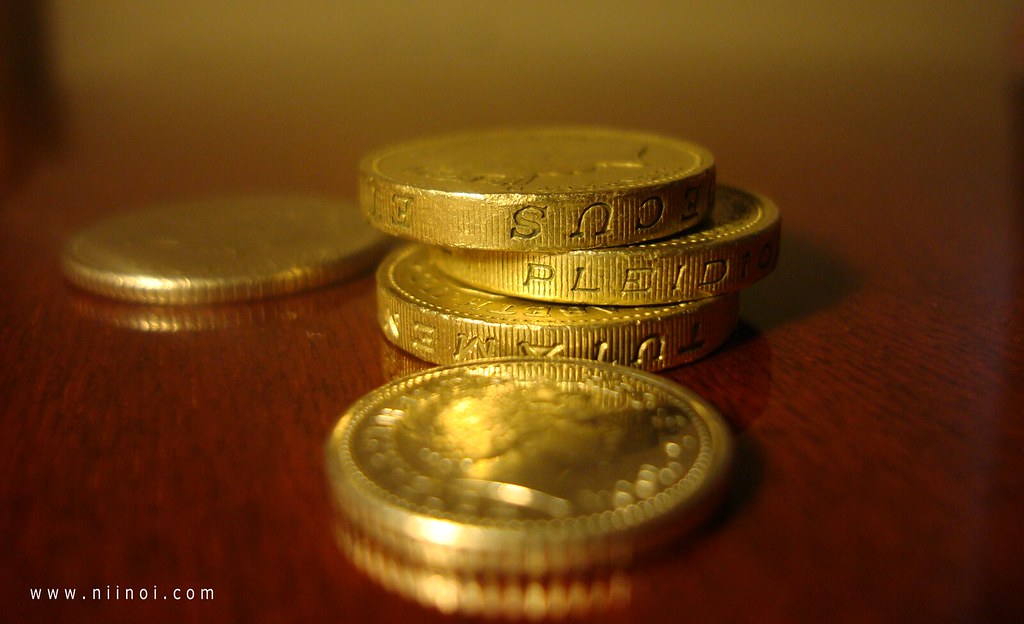While learning about the nomination rules for various investment avenues, I got into thinking about the rules related to being a guarantor. The term is typically confused with a reference required sometimes. It is very common to see friends asking their office colleagues or family friends to become a loan guarantor.
I am sure that most people would be very willing to help the needy friend by readily becoming a guarantor without understanding the full implication. The most common mistake happens because a guarantor is thought of as a reference. The problem is that, in the ambit of law, a guarantor is much more than just a friendly reference.
The definition itself tells a lot
“A guarantor for bank loans means a person who promises to provide payment on the loan, or other liability in the event of default.”
It is pretty obvious why banking institutions asks for a guarantor, since lending money is always a risky business with lot of chances of default by the person taking loan. So guarantor is like another chance for the bank to recover the loan money. But with a huge liability, why would anyone want to be a guarantor? A father would readily be a guarantor for his son’s education loan due to emotional reason, but others are gullible enough to not understand the liability of a guarantor and the legal implications.
What happens on a loan default?
If you are guarantor to your friend’s loan and he defaults (essentially not paying the EMI), what do you think will happen? You would think that the bank will chase your friend for the payment. Also if he is unable to pay, bank may pursue a legal course against your friend for recovering the loan amount.
Well here is the shocker!! The bank can actually issue a legal notice to you as a loan guarantor along with chasing your friend for recovery. Supreme Court indicates:
"The legal position is clear that liability of the guarantor and principal debtor are co-extensive and not in alternative," said a Supreme Court Bench comprising Justices Dalveer Bhandari and H L Dattu bursting the myth that the principal debtor had the primary liability to pay up a defaulted loan.
In plain language, the bank (or who-ever lends the money) has full right to pursue both the primary debtor (who took the loan) as well as the guarantor at the same time.
Liability of guarantor is exactly same as that of person taking the loan.
It is important to note that a guarantor involved in a defaulting case would have a negative impact on guarantor's credit history as well. Also once a default has happened, there is very little a guarantor can do except to talk to lender and borrower and try to make a settlement.
So be very careful when providing a guarantee, since being a guarantor is akin to taking the loan yourself without getting the money.





